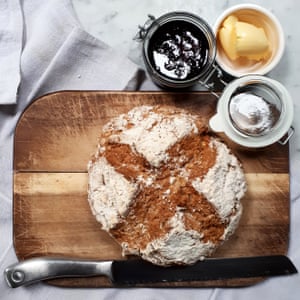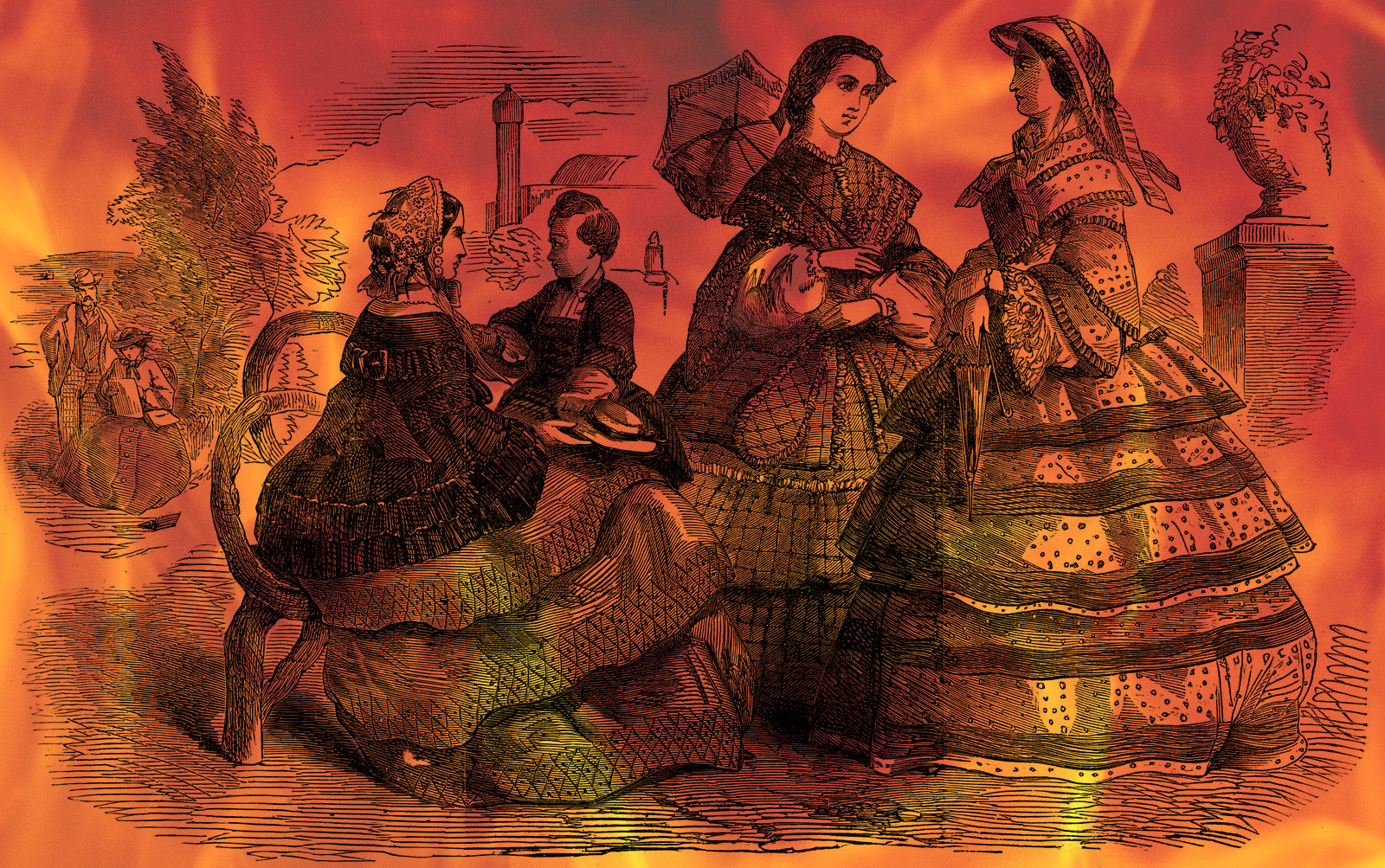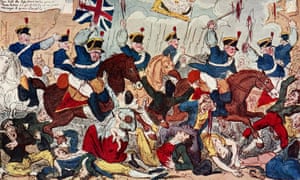via the Guardian by Kate Young

‘You won’t have anything else here.’ ... currant jelly. Photograph: Kate Young
Fired with a housewifely wish to see her storeroom stocked with homemade preserves, she undertook to put up her own currant jelly. John was requested to order home a dozen or so little pots and an extra quantity of sugar, for their own currants were ripe and were to be attended to at once.
Little Women by Louisa May Alcott
Continue reading
==============================
via Interesting Literature
A close reading of Blake’s classic poem
‘The Clod and the Pebble’ is a William Blake poem that first appeared in his 1794 volume Songs of Experience, the companion-piece to his 1789 collection Songs of Innocence. The poem stages a conversation between a clod of clay and a pebble to make a point about the nature of love.
Continue reading
==============================
via the New Statesman by Philip Ball
We are on the cusp of a new era of computing, with Google, IBM and other tech companies using a theory launched by Einstein to build machines capable of solving seemingly impossible tasks.
In 1972, at the age of ten, I spent a week somewhere near Windsor – it’s hazy now – learning how to program a computer. This involved writing out instructions by hand and sending the pages to unseen technicians who converted them into stacks of cards punched with holes. The cards were fed overnight into a device that we were only once taken to see. It filled a room; magnetic tape spooled behind glass panels in big, grey, wardrobe-sized boxes. The next morning, we’d receive a printout of the results and the day would be spent finding the programming faults that had derailed our calculations of pi to the nth decimal place.
Continue reading
==============================
via Boing Boing by Cory Doctorow

The mid-19th century vogue for flowing, diaphanous women's garments made from open-weave fabrics like "bobbinet, cotton muslin, gauze, and tarlatan," combined with gas lighting, candles, and open fires meant that it was extremely common for women to literally burst into flames: on stage, at parties, at home.
Continue reading
==============================
via the OUP blog by Sandro Mereghetti and Sergei Popov

White dwarf in AE Aquarii by Casey Reed / NASA. Public Domain via Wikimedia Commons
White dwarfs are the remnants of solar-like stars that have exhausted the reservoir of fuel for the nuclear fusion reactions that powers them. It is widely believed, based on theoretical considerations, that young white dwarfs should experience a phase of contraction during the first million years after their formation. This is related to the gradual cooling of their interior which is not yet fully degenerate. In several million years the central temperature of a white dwarf decreases from several hundred million degrees to few tens of millions and also the surface temperature cools down. During this period the size of the white dwarf can become few hundred (or few tens, depending on mass and exact time interval) kilometers smaller. However, there were no observational indications for this important effect up to now. First, because most of the known white dwarves are much older, second because we do not have a direct and precise way to measure the radii and their variations in these stars.Continue reading
==============================
via Big Think by Frank Jacobs

Virtually every profession has a patron saint (1), but not so cartography (2). That's a shame, because that was going to be my intro into this map, showing the distribution of towns and cities in Europe whose name starts with Saint (or the equivalent in the local languages).
The topography of saintliness varies greatly throughout Europe. The data, collected from the databases of the U.S. National Geospatial-Intelligence Agency by Polish infographic producers Biqdata, shows 20,808 such places across the continent.
Continue reading
==============================
via the OUP blog by Keith Allen

Altarpiece, No. 1, Group X, Altarpieces by Hilma af Klint. Public domain via Wikimedia Commons
Colours are a familiar and important feature of our experience of the world. Colours help us to distinguish and identify things in our environment: for instance, the red of a berry not only helps us to see the berry against the green foliage, but it also allows us to identify it as a berry. Colours perform a wide variety of symbolic functions: red means stop, green means go, white means surrender. They have distinctive personal and cultural associations, and provoke a range of emotional and aesthetic responses that are reflected in the clothes we wear, the way we decorate our houses, and the choices made by designers and artists.
Continue reading
==============================
via Interesting Literature
A commentary on Shakespeare’s 94th sonnet
Considered one of the most challenging and ambiguous of all the Sonnets, Shakespeare’s Sonnet 94, beginning ‘They that have power to hurt, and will do none’, is, for our money, also one of the top five best sonnets in the whole sequence. One scholar and poet, J. H. Prynne, has even written a whole book about this one sonnet. Before we proceed to an analysis of this enigmatic poem, here’s a reminder of Sonnet 94.
Continue reading
==============================
via Boing Boing by Cory Doctorow

Beijing's subway system now includes some experimental cars decorated to look like fanciful, book-lined rooms; scan the QR codes and you get free audiobook downloads for popular Chinese novels.
Continue reading
==============================
via the Guardian by Maya Jasanoff
An era in which the UK enjoyed unparalleled influence in the world seems long distant but its contradictions remain embedded in our own

The worst of times … George Cruikshank’s cartoon of the Peterloo massacre in 1819. Photograph: Alamy
“It was the best of times, it was the worst of times,” Charles Dickens wrote in 1859, imagining France on the eve of revolution. He may as well have been describing Britain during his own century. It was an era when industry energised and enriched, but polluted and proletarianised; when men enjoyed expanding political rights but women’s freedoms were curtailed; when some rejoiced as the British empire flung pink arms across the world, but others resisted. It was a “Victorious Century”, as David Cannadine entitles this sparklingly intelligent survey, for a United Kingdom whose hegemony rivalled that of the US and China today – but a century of contradictions for the people who lived in it.
Continue reading
No comments:
Post a Comment